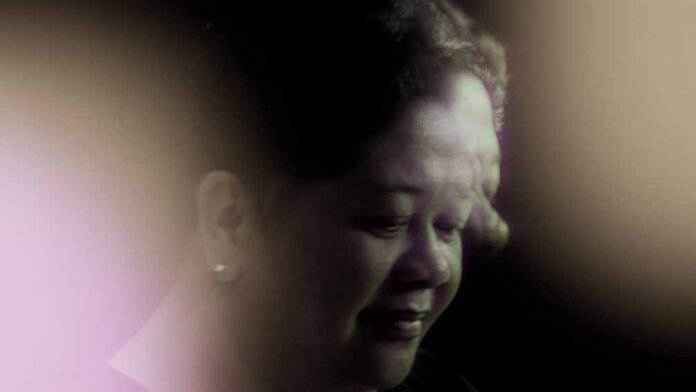
THE story has been done many times: a person is imprisoned, convicted of a crime, and now faces retribution and punishment.
In Dance for Life, however, something happens to this ancient cautionary tale. It is brimming with hope even if that hope cowers in the corner of the small space a Death Row cell can provide.
Angeli Salazar is 45 years old and she has spent 25 years in prison, sentenced to death for a crime she committed when she was young.
The documentary by Baby Ruth Villarama, a multi-awarded filmmaker and film scholar, about a person who has lost everything is also, ironically, the story of one who has found herself at the end of things. She does not deny the crime. She offers no excuse for the crime. She only tells us about a female friend she shared a home with, and a man who came and raped this friend. To defend her friend, she killed the man.
That is a synopsis of the crime. A man commits a crime and is killed. It becomes a murder. The person who does the killing becomes the murderer. There are no back stories that will redeem anyone. There are no dimensions large enough to contain regrets.
Indeed, if the story is about a crime, no art can be constructed out of the horrendous experience.
But there is an art involved here—a creative documentary, a short film. And a documentarian in the person of Villarama is telling us about it; she is providing a narrative that, with a full sense of irony, elevates the terrifying personal past into a thesis about the saving grace of arts. Herein lies the difficulties that are going to confront the audience when they get to watch Dance for Life; herein found are the contradictions in our societal notions of good and evil, of forgiveness and revenge.
In the jail, the murderer—for she is that—continues to dance. For all the added physical weight and emotional burden, our dancer shows us she still has the gracefulness and the imagination.
In between the dance or in between the memories of the crime is her life before imprisonment, her own hopes as a person, her past that is withering fast in isolation. Then, as if to cap whatever bright scenario there is in this tale, an issue arises about how the penal system can be unflinchingly rigorous. You get this sense of the legalistic as a monument to civilization. Order and peace are created by men and women, and anyone who breaches said concepts are bound to be whipped back into submission and good behavior.
But there is the dancer in movements as fluid as they are liberating and redemptive.
Then you ask the question: Why is there beauty in prison?
Why allow the arts to thrive in system that is about walls of despair and segregation?
What happens when the refinement of ballet or even the transcendence of modern dance is made to co-exist with the sordid loneliness enforced by man-made laws?
Dance for Life would have been a tedious dissertation on why we humans forget about our personhood, and on the descent into a hell of our own making. But Villarama is never didactic. She gives you this rare sense that she has been given a privilege to view a personal account of a woman whose dreams have been crushed and, while waiting for the sunrise, remains awake to dance the life away.
In Dance for Life, Angeli is not only dancing for her own life, bringing into fruition any sign of beauty and refinement in the fissures of a society that has refused to come to terms with its own savagery, but is also the documentarian struggling with an advocacy. Death sentence is never a deterrent to crime. Killing a person in the name of the essentiality of justice is never about righteousness.
Outside of the blunt justice, to which we equate jails and death sentences, is the other kind of justice, that which is restorative, where persons are recognized as full of hopes.
As we wrestle with our sentiments, there is the dance and the dancer before us, the body where the universe has imbued all the notions of perfection—or, at least, the simulacra of eternity and mortality—and the fact that, upright as we have become in our evolution, the Fall of Man and Woman is embedded in our DNA.
If the film has shown only a convict dancing for life and time, the film would be compelling enough. Villarama, however, opts to employ the medium of dance to relay the plot, to bring us back into the tale of the two women and the man who ended their lives, as we know life. All throughout, Angeli dances with a dark black cloth as backdrop until the camera moves away and shows it being pulled aside to reveal a small plaza where fellow prisoners were waiting for her dance.
Angeli would continue to teach women to dance, some for life and some, perhaps, for death when this government “successfully” legislates back in our society the death sentence.
Dance for Life is a presentation of the Coalition Against Death Penalty in cooperation with the Commission of Human Rights. This Voyage Studio production has Ria Limjap as producer and Chuck Gutierrez as producer and editor. Dexter de la Peña fuses poetry and grit in his cinematography; Emerson Texon’s original music is as haunting as the dance itself happening behind bars. Sound design is by Andrea Teresa T. Idioma.
Read full article on BusinessMirror

